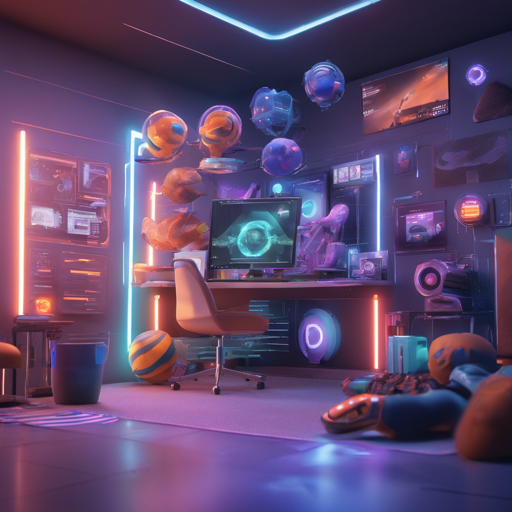Welcome to your guide on utilizing Instruct-NeRF2NeRF for dynamically editing 3D scenes using intuitive instructions! Whether you’re a hobbyist or a professional, this article will walk you through the installation steps, usage, and troubleshooting tips in a friendly manner. Let’s jump right in!
Installation Steps
For getting started, you’ll need to set up Instruct-NeRF2NeRF which builds on the foundations of Nerfstudio. Here’s how to do it:
1. Install Nerfstudio Dependencies
Instruct-NeRF2NeRF requires several dependencies. The most vital ones are:
To set up your environment, follow the instructions here up to the installation of tinycudann.
2. Installing Instruct-NeRF2NeRF
Once the dependencies are in place, install Instruct-NeRF2NeRF using the command below:
pip install git+https://github.com/ayaanzhaque/instruct-nerf2nerfIf you prefer to work with the code directly, you can clone and install the repo with the following commands:
git clone https://github.com/ayaanzhaque/instruct-nerf2nerf.git
cd instruct-nerf2nerf
pip install --upgrade pip setuptools
pip install -e .3. Checking the Install
To verify your installation, run the command below and check that in2n is listed:
ns-train -hUsing Instruct-NeRF2NeRF
Now that you have everything set up, let’s dive into how to edit a NeRF!
First, you need to train a regular NeRF scene using your own dataset:
ns-train nerfacto --data PROCESSED_DATA_DIRAfter training, the model checkpoints will be saved. You’ll need to locate the nerfstudio_models folder. For editing, use the command below:
ns-train in2n --data PROCESSED_DATA_DIR --load-dir outputs/nerfstudio_models --pipeline.prompt prompt --pipeline.guidance-scale 7.5 --pipeline.image-guidance-scale 1.5Ensure that your PROCESSED_DATA_DIR remains consistent with the path used during the initial training.
Training Notes
Here are a few things to keep in mind while training:
- Use images with a resolution not exceeding 512 to avoid out-of-memory (OOM) errors.
- Using multiple GPUs can speed up training; assign InstructPix2Pix to a different GPU.
- Experiment with different memory configurations based on your GPU capabilities.
Troubleshooting
If you find that the edits aren’t turning out to your satisfaction, it may be due to the limitations of InstructPix2Pix with your images or prompts. Here are a couple of troubleshooting strategies:
- Try editing one of your training views in 2D first using Instruct-Pix2Pix available at this link.
- Take a look at more tips for good edits found here.
For more insights, updates, or to collaborate on AI development projects, stay connected with fxis.ai.
Extending Instruct-NeRF2NeRF
If you’re interested in building on Instruct-NeRF2NeRF, consider exploring an extension called Instruct-GS2GS. The source code can give you ideas for your own projects!
Wrapping Up
At fxis.ai, we believe that such advancements are crucial for the future of AI, as they enable more comprehensive and effective solutions. Our team is continually exploring new methodologies to push the envelope in artificial intelligence, ensuring that our clients benefit from the latest technological innovations.

